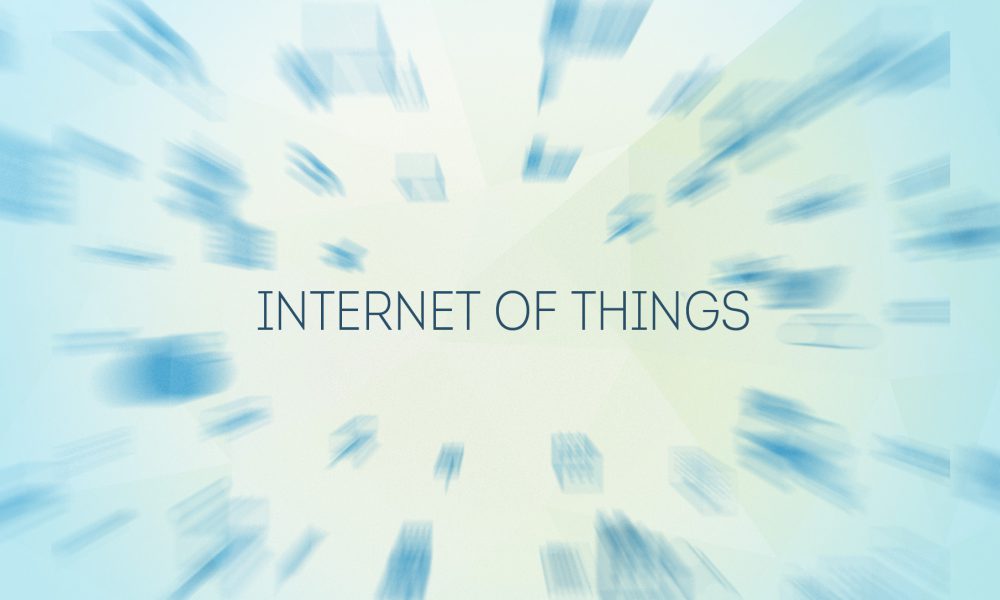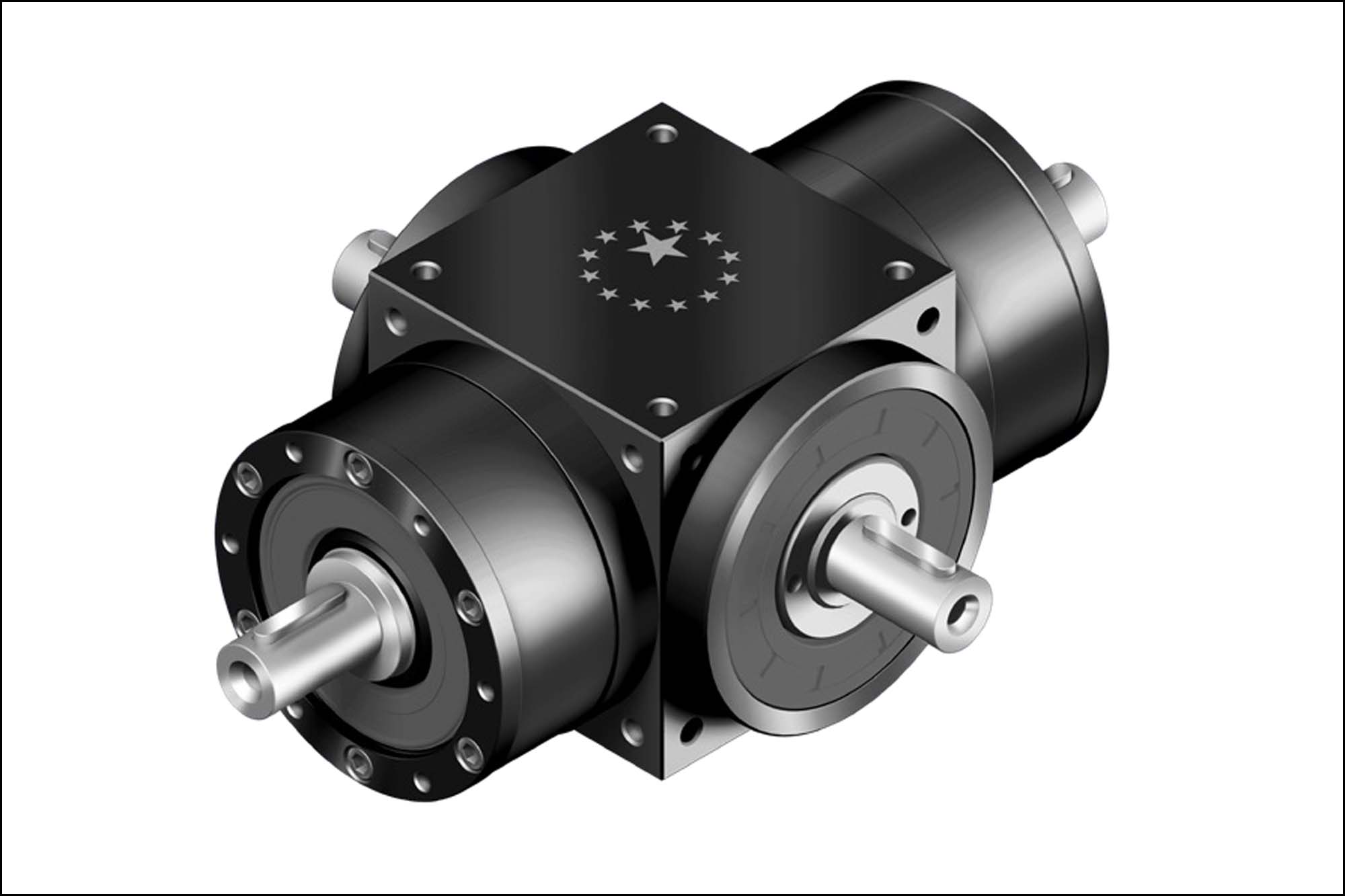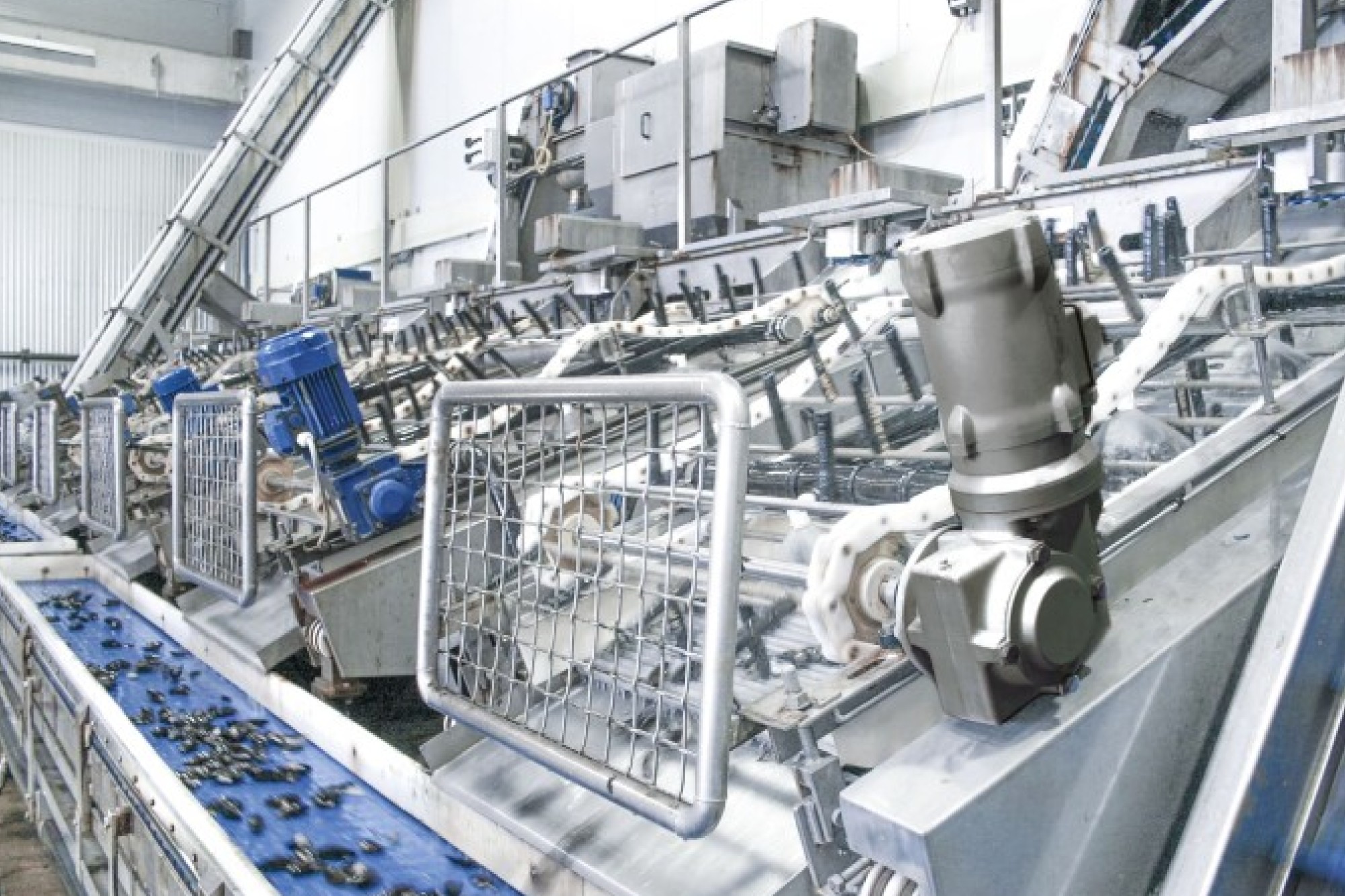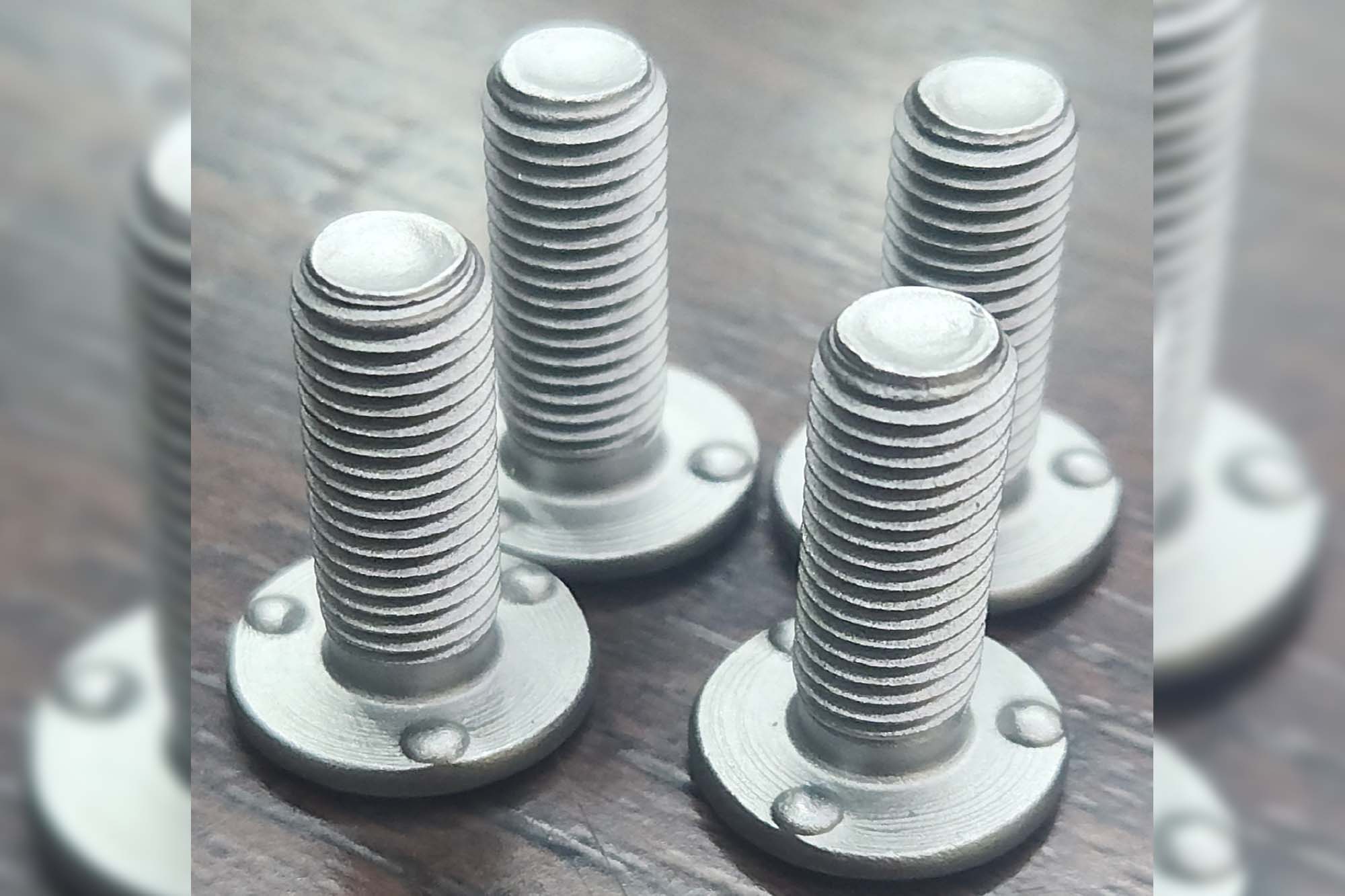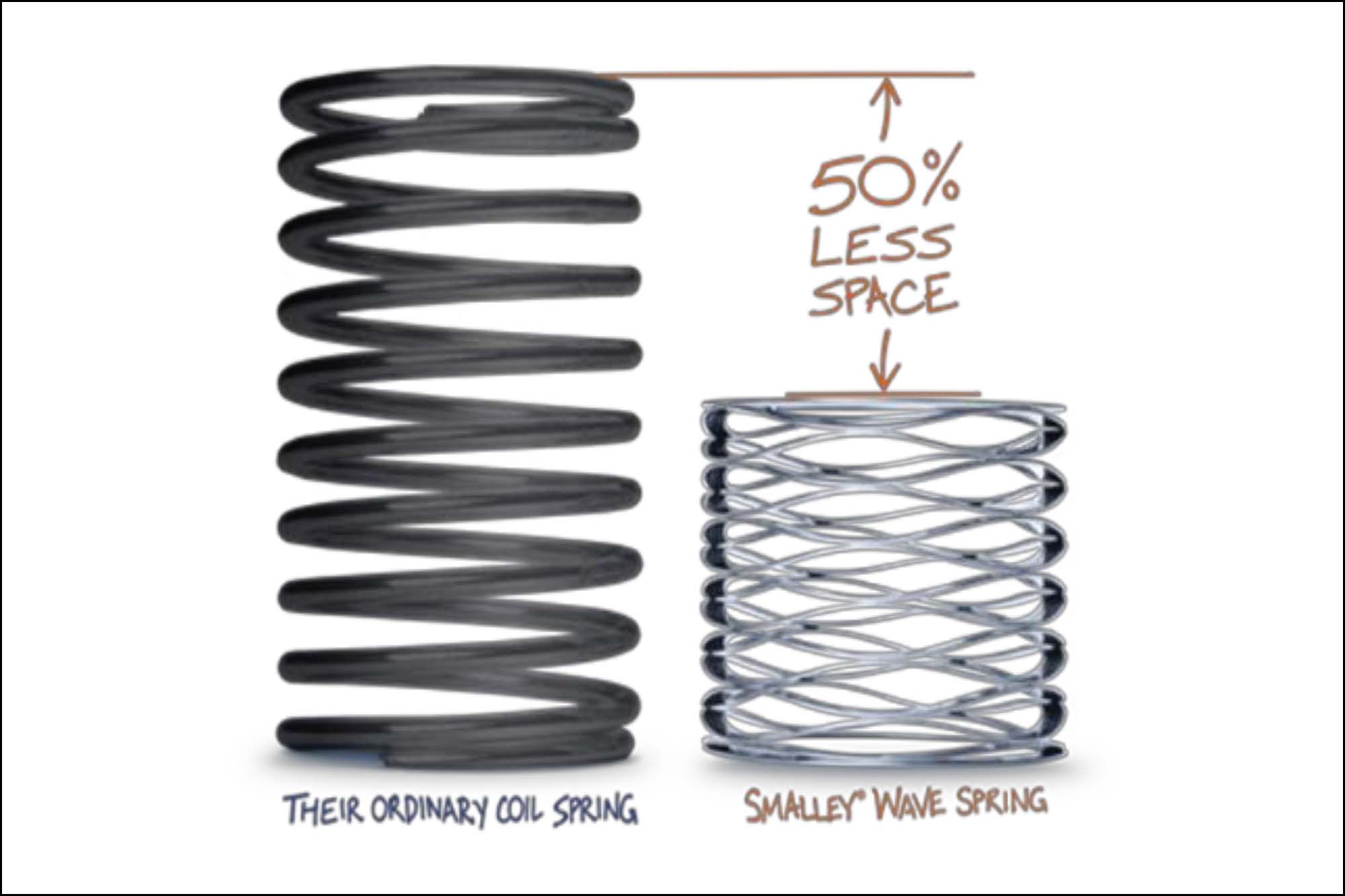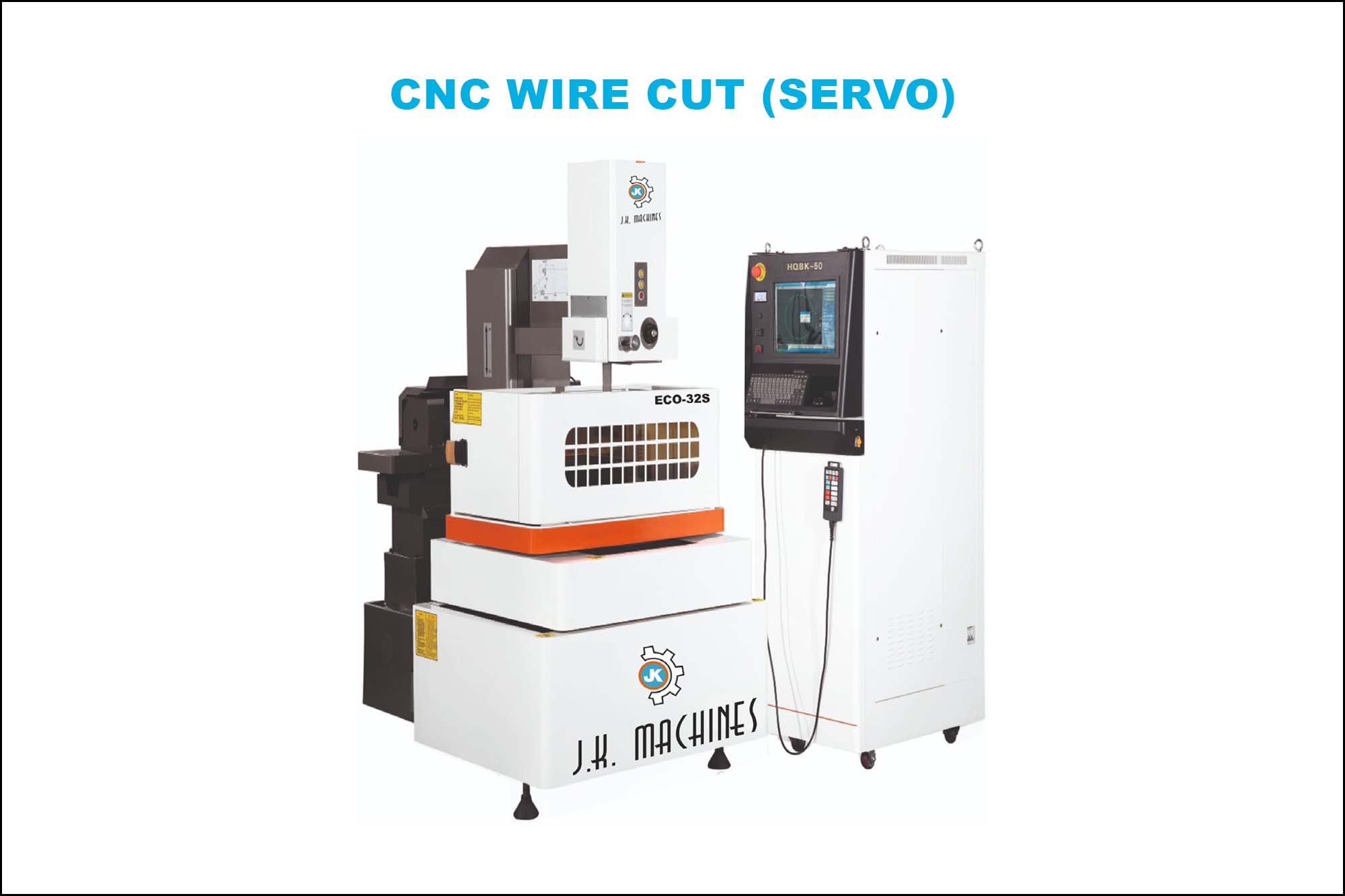Reflecting on the Past to Advance the IIoT
By admin August 12, 2016 4:20 pm IST
Whenever we can take a moment to reflect, it is possible to find patterns that can help clarify future projections. One such pattern can be seen in the preservation of infrastructure value associated with the four previous industrial revolutions.
Historically, the idea of extending the lifespan of equipment in industrial applications is not a new or marvel concept. As in the past, leveraging existing equipment not only saves money, but can also strengthen a company’s foundation.
Industry, as it is currently understood, began with the first industrial revolution (~1780 -1840), which involved the migration from piecemeal production by hand to machine-assisted production. This change was pushed by readily available energy from water and steam to power factory machines and tools.
These initial advancements were followed by the second industrial revolution (~1870 -1914), which introduced newer technology and electric power sources to factories. By providing round-the-clock light, electricity enabled more continuous manufacturing, allowing workers to produce goods during the day and night. Much of the equipment from the first industrial revolution, however, was still functional and in operation. Rather than replace working machinery, it was simply retrofitted with electric engines in place of steam-driven versions. This required only nominal investments to extend equipment lifespan while still benefiting from the increased capabilities of consistently available grid power.
The third industrial revolution (~1947-2010), more popularly referred to as the Digital Revolution, traces its roots to the invention of the transistor. The transistor enabled the development of computers that spread to factory floors in the form of automation equipment to support manufacturing goals of waste reduction and production enhancement. While the automation of factory equipment increased production efficiency, it also required the purchase and implementation of vast amounts of new tools and machinery. These additions enabled factories to once again take production to the next level by further increasing output and reducing loss. Production began occurring in manufacturing cells with local control and monitoring. Maximising efficiency of a single step within production required workers to supervise certain aspects of machine operation, such as watching over machine resources and monitoring equipment status.
The current or fourth industrial revolution – the Industrial Internet of Things (IIoT) – is once again focused on refining processes to reduce waste and downtime by connecting all aspects of the supply chain to enable data communication between deployed equipment and processes. Where the Digital Revolution enabled the automation of production, the fourth revolution focuses on coalescing and connecting the vast amounts of data currently spread throughout organisations. Extracting data from existing equipment provides operational intelligence and visibility to increase production efficiency and reduce the time-to-market for produced goods.
Cookie Consent
We use cookies to personalize your experience. By continuing to visit this website you agree to our Terms & Conditions, Privacy Policy and Cookie Policy.



